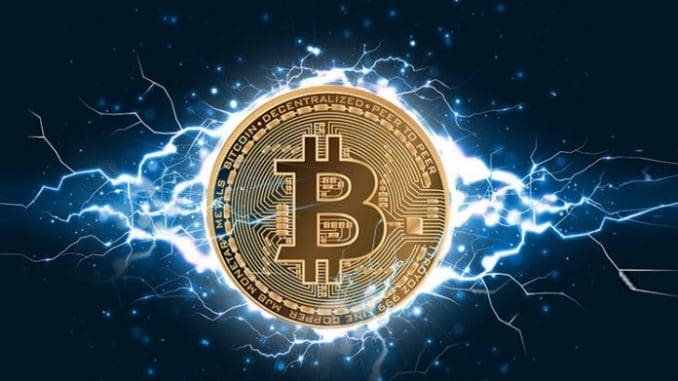Lightning Strikes Coinbase: Lightning Network Integration!

In response to a tweet from a well-known Twitter user named “Wicked,” Coinbase CEO Brian Armstrong expressed support for the Bitcoin Lightning Network, stating that it is “great” and something they plan to integrate. Wicked had accused Armstrong of avoiding the Lightning Network and never mentioning it on Twitter.
Although Armstrong did not provide further information about the integration or a timeline for its implementation, his tweet fueled speculation that Coinbase might be considering the Lightning Network to enhance user experience as the exchange looks to expand beyond the United States.
The Lightning Network aims to scale Bitcoin by enabling off-chain transactions, which results in faster confirmation times and reduced fees. As one of the largest and most popular cryptocurrency exchanges globally, Coinbase’s adoption of the Lightning Network could significantly influence its broader adoption and use.
Other cryptocurrency exchanges, such as BitPay and Kraken, have already adopted the Lightning Network, while major players like Coinbase and Binance have been more cautious. The slow adoption by some exchanges has sparked theories; one suggesting that the Lightning Network’s availability could reduce users’ incentives to store their Bitcoin on exchanges due to high withdrawal costs, encouraging them to move their holdings to cold storage and reducing reliance on centralized wallets. Technical challenges, regulatory concerns, and balancing scalability with security could also contribute to the hesitance.
Introduced in 2018, the Lightning Network has gained increasing popularity among Bitcoin users, with the number of network nodes growing by two-thirds in 2021. As the most prominent layer 2 scaling solution for Bitcoin, the Lightning Network addresses several issues that hinder the original protocol from handling micropayments and other transaction types. Additionally, it enables faster and more private payment processing compared to the primary blockchain.
Pros:
- Faster confirmation times: The Lightning Network enables off-chain transactions, which can significantly reduce confirmation times for Bitcoin transactions.
- Lower fees: Off-chain transactions facilitated by the Lightning Network can result in reduced fees compared to on-chain transactions.
- Enhanced user experience: The integration of the Lightning Network could improve user experience on cryptocurrency exchanges, including Coinbase.
- Scalability: The Lightning Network addresses some of the scalability issues that hinder the original Bitcoin protocol, allowing for increased transaction volume.
- Privacy: The Lightning Network offers more private payment processing compared to the primary Bitcoin blockchain.
Cons:
- Slow adoption: Major players such as Coinbase and Binance have been cautious in adopting the Lightning Network, potentially delaying its widespread use.
- Reduced incentives for exchange usage: The Lightning Network’s availability could lead to fewer incentives for users to keep their Bitcoin on exchanges, impacting their business models.
- Technical challenges: Integrating the Lightning Network could present technical challenges for cryptocurrency exchanges.
- Regulatory concerns: The integration of the Lightning Network might raise regulatory concerns and compliance issues for exchanges.
- Balancing security and scalability: Exchanges need to find a balance between achieving scalability and maintaining security when integrating the Lightning Network.
Key Takeaways:
- Coinbase CEO Brian Armstrong expressed support for the Lightning Network and mentioned plans to integrate it into the exchange.
- The Lightning Network can improve transaction speeds and reduce fees, enhancing user experience on cryptocurrency exchanges.
- Some major cryptocurrency exchanges have been slow to adopt the Lightning Network, raising questions about their motivations and potential barriers to integration.
- The Lightning Network has seen growing popularity, with a significant increase in the number of network nodes in 2021



